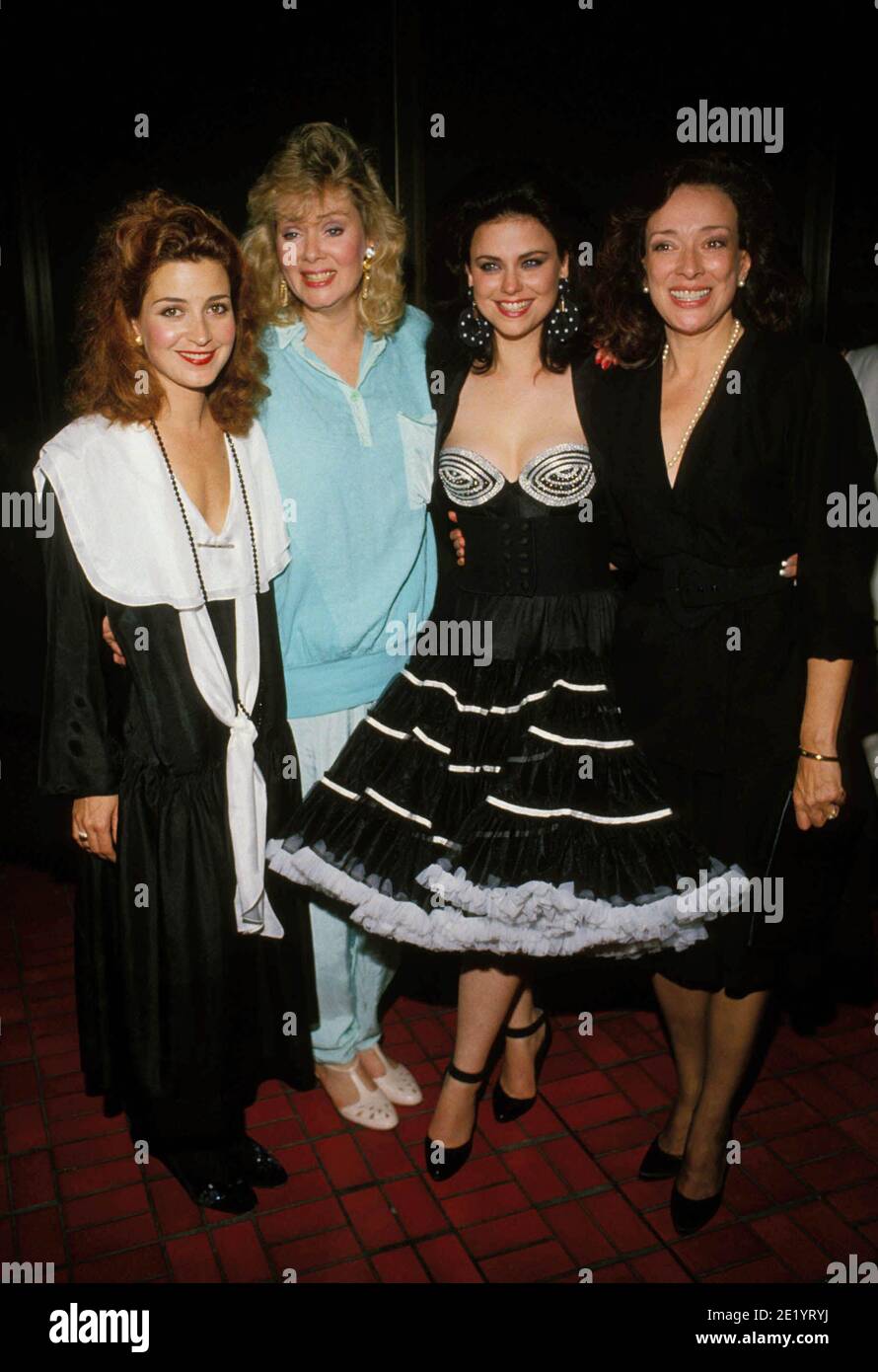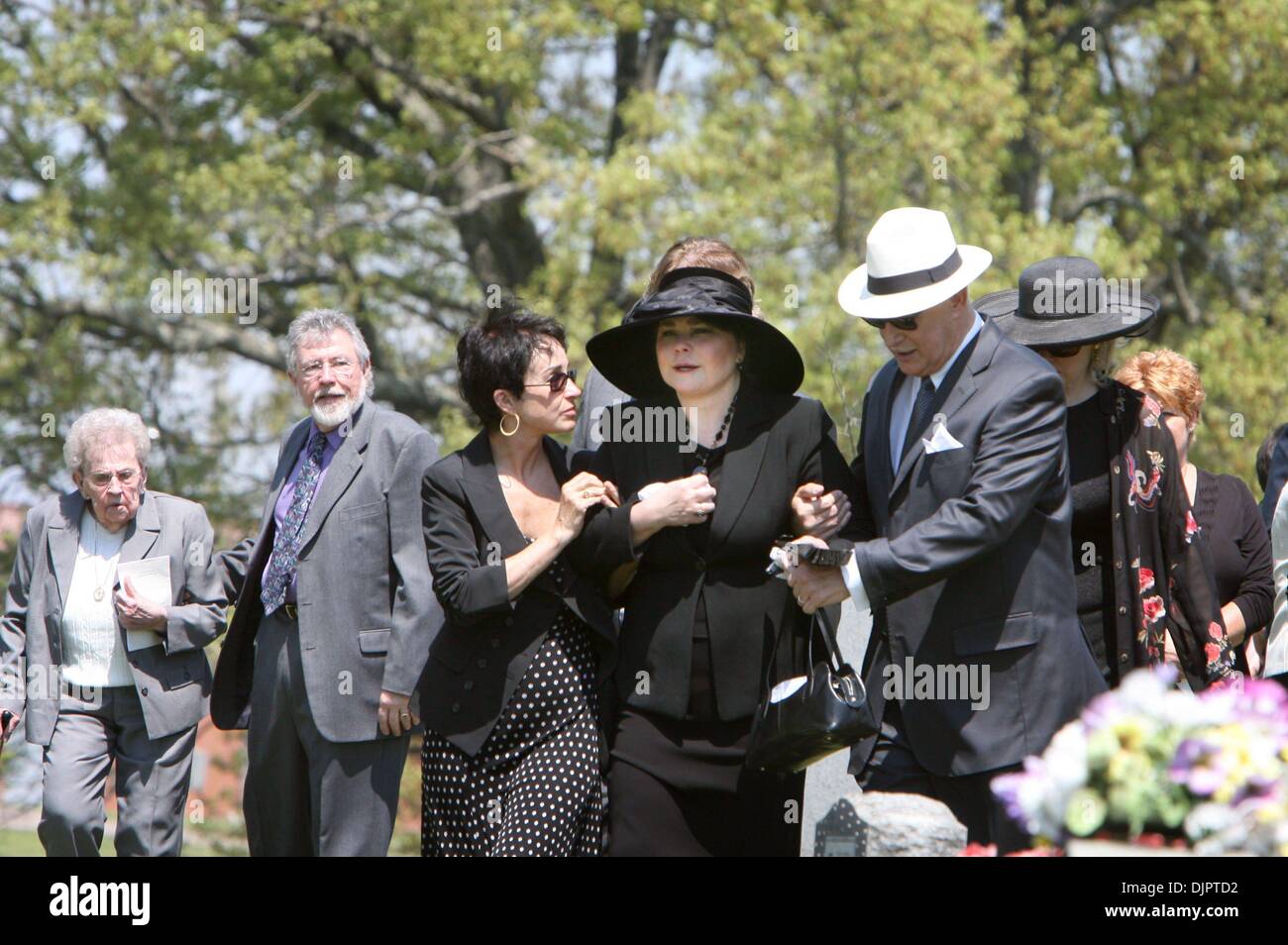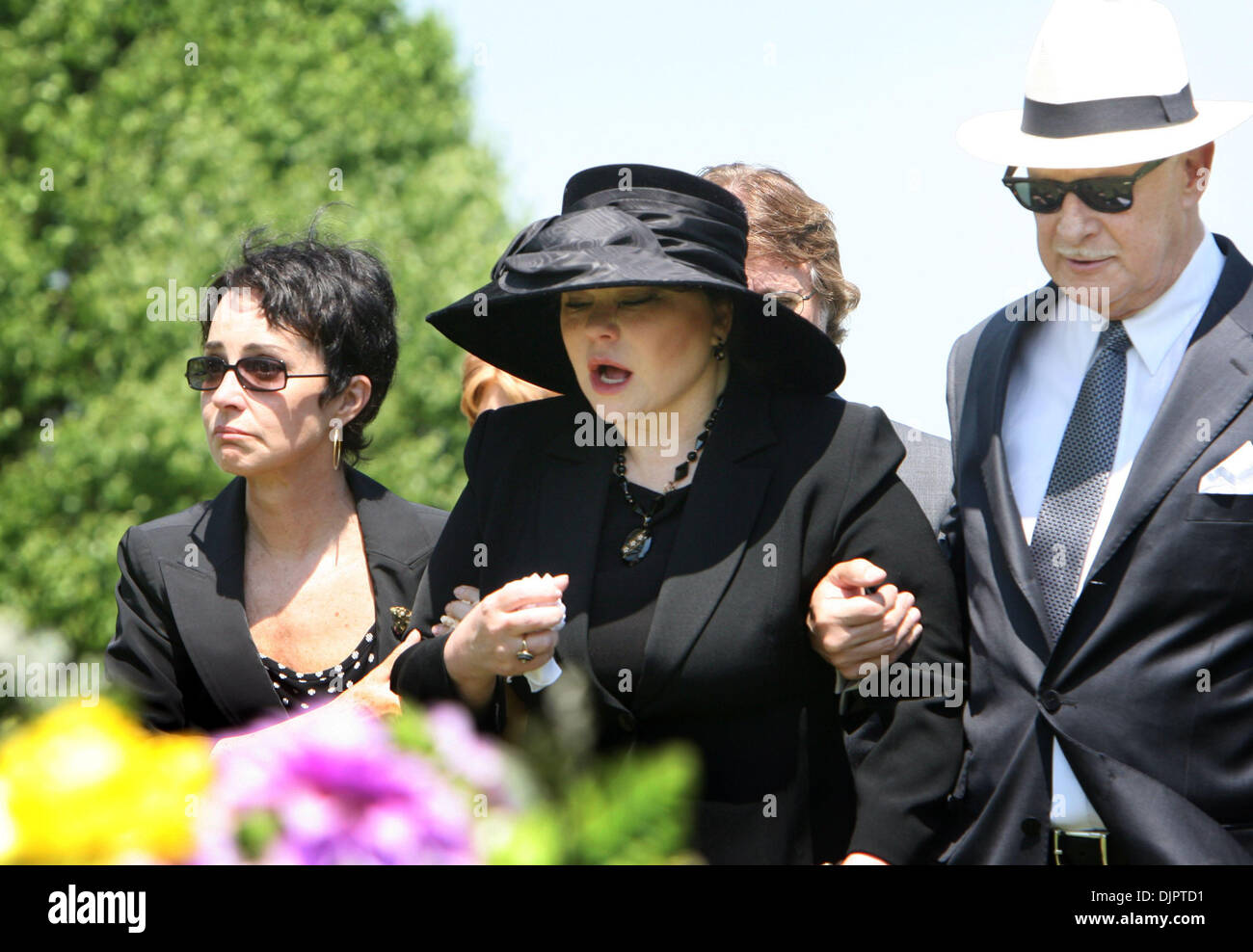Annie Potts On Dixie Carter & Designing Women: Remembering A Legend
Has the world of television truly lost one of its brightest stars? Dixie Carter, the luminous actress who graced our screens and hearts, left an indelible mark on the landscape of entertainment, and her absence continues to be felt by those who knew her and the countless fans who adored her. Annie Potts, Carter's co-star on the iconic sitcom "Designing Women," has shared heartfelt reflections, underscoring the enduring legacy of a woman who embodied grace, wit, and undeniable talent.
In the vibrant tapestry of 1980s television, few shows resonated as deeply as "Designing Women." The series, a clever blend of comedy and social commentary, captivated audiences with its portrayal of four Southern women running an interior design firm in Atlanta, Georgia. The show, which aired on CBS, was not a typical sitcom, it was a cultural phenomenon, that ran for seven seasons. When the four actors Delta Burke, Dixie Carter, Jean Smart, and Annie Potts appeared on Joan Rivers' show in the 1980s, Rivers inquired if they were all friends. The ladies, in unison, replied, their bond as apparent then as it was throughout the series' run.
| Category | Details |
|---|---|
| Full Name | Dixie Virginia Carter |
| Born | May 25, 1939, McLemoresville, Tennessee, USA |
| Died | April 10, 2010, Houston, Texas, USA |
| Occupation | Actress |
| Known For | "Designing Women", "Family Matters" |
| Spouse | Arthur Carter (m. 19842010), Richard Jordan (m. 19771982), andBurt Reynolds (m. 1977) |
| Children | Ginny Carter, Mary Dixie Carter |
| Notable Roles | Julia Sugarbaker ("Designing Women"), and other roles |
| Education | University of Memphis |
| Website Reference | IMDB |
Dixie Carter was, without a doubt, a goddess. Beautiful and brainy, smart and funny, prim and sexy, wickedly talented and divinely sweet these words, echoed by Potts, perfectly encapsulate the essence of the woman who brought Julia Sugarbaker to life. Her character's sharp wit and Southern charm made her an instant favorite, and Carters portrayal endeared her to "Designing Women" fans forever. This memorable episode, with its profound look at life, death, and acceptance, highlighted the show's willingness to address important social issues, marking it as more than just a sitcom; it was a voice, a mirror, and a touchstone for a generation.
The show's cultural impact was undeniable, addressing complex themes with humor and grace. The episode where the ladies planned a funeral for a fellow designer who was dying of AIDS is a poignant reminder of the show's courage in tackling difficult subjects. The setting might have been California, but the hearts and minds of many at the Museum of Television & Radio, where Carter, Jean Smart, Annie Potts, and Delta Burke, the original stars, gathered, were transported back to the Atlanta of "Designing Women."
The chemistry between the actresses was undeniable, and the series showcased the unique bond between the four women. They could go from funny to dealing with AIDS and death in a single episode, all the while maintaining their relationships. Burke, Carter, Potts, and Smart together in a room, as many observed, was pure magic. It was a testament to the brilliant writing, their remarkable talent, and the genuine affection they had for each other.
Carter and Burke played the sparring sisters who ran the firm, creating a dynamic that was at the heart of the show's success. The series also starred Annie Potts and Jean Smart. Suzanne (Delta Burke), Julia (Dixie Carter), Mary Jo (Annie Potts), and Charlene (Jean Smart) brought their style to the Sugarbaker interior design firm. This brought the show to a new level of style and humor, as well as the ability to discuss sensitive topics. Dixie Carter gave Julia Sugarbaker a sharp, dry wit that endeared her forever to ''Designing Women'' fans.
The series, whose reruns have rarely left the airwaves, was not a typical sitcom. The actresses' on-screen camaraderie reflected the genuine friendship they shared off-screen. Annie Potts' statement to EW.com captures the sentiment shared by fans and colleagues alike, painting a picture of a woman who was as remarkable in life as she was on screen. The show was written just for us, Carter told the Palm Beach Post in 1999.
The show's enduring appeal lies in its blend of humor, heart, and social relevance. The ladies' ability to plan a funeral for a fellow designer who is dying of AIDS highlighted the show's commitment to addressing important issues with sensitivity and grace. The series wasn't just a source of entertainment; it was a platform for conversation, a reflection of the changing times, and a celebration of female strength and solidarity.
The actress also elaborated on a particularly standout anecdote she shared in her ability to portray complex emotions, providing a voice for those often unheard. The misadventures of four women and their handyman running a design firm in Atlanta, Georgia, provided a backdrop for exploring themes of friendship, ambition, and the challenges of navigating a world that often underestimated women. The series had such an impact on the industry.
In addition to her work on "Designing Women," Dixie Carter left behind a legacy of memorable performances. She is survived by her daughters from her first marriage: Ginna Carter and Mary Dixie Carter as well as a sister, Melba Helen Heath and several nephews and nieces. Her influence extended far beyond her roles, inspiring countless individuals with her grace, talent, and unwavering commitment to her craft. She was interred in her hometown, McLemoresville, Tennessee. In her book "Trying to Get to Heaven," Carter seemed to predict her manner of death.
The reunion of the "Designing Women" cast at the Museum of Television & Radio was a testament to the lasting impact of the show and the enduring bonds between the cast members. It was a night of memories, laughter, and shared affection, a poignant reminder of the magic that happens when talented people come together to create something truly special. It was a night to remember.
The legacy of Dixie Carter extends far beyond the screen. She was a wife, a mother, and a friend, beloved by those who knew her best. Her intelligence, wit, and beauty shone through in every role she played, and her contributions to the world of entertainment will continue to inspire generations to come. The world is a little less bright without her, but her spirit lives on in the hearts of her fans and the countless lives she touched.
Jim Halterman on November 29, 2019, at 5:00 PM, highlighted the enduring appeal of the series and the lasting impact of the women who brought it to life. The head designer, Mary Jo Shively, was portrayed by the wonderful Annie Potts. Carter, Delta Burke, Annie Potts, and Jean Smart were the original leads. The cast was amazing and the show went to the next level.
The show's influence is still being felt today, with reruns continuing to entertain audiences worldwide. "Designing Women" wasn't just a show; it was a cultural touchstone. The magic that happened when these four amazing actresses reunited for the second time since "Designing Women" left the air is a reminder of the powerful legacy of friendship, talent, and the enduring impact of a show that celebrated the strength, wit, and beauty of women. The show, whose reruns have rarely left the airwaves, was not a typical sitcom. The world of entertainment is a little less bright without Dixie Carter, but her memory will continue to shine brightly in the hearts of all who were touched by her remarkable talent and spirit.



Detail Author:
- Name : Terrill Beahan I
- Email : stephania.boyer@moen.biz
- Birthdate : 1983-06-04
- Address : 71960 Predovic Cove Samaraview, MO 64164
- Phone : +1-559-536-1093
- Company : Fritsch, Barton and Pfannerstill
- Job : Machinist
- Bio : Animi ea non et nisi at. Quo numquam aut facere id et. Quam adipisci adipisci nihil omnis culpa dolorum.